Gaming chairs are specialized chairs designed to meet the needs of gamers and provide optimum comfort and support during extended gaming sessions. “Gaming chair” thrills gamers. Transforms ordinary seating into a gamer’s throne. Allows comfortable marathon gaming.
Gaming chairs are essential for serious gamers. Ergonomic designs reduce strain and promote posture This comprehensive guide will explore the key features, benefits, and factors to consider when choosing a gaming chair.
What Are Gaming Chairs?
A gaming chair is an office chair engineered specifically for gamers. Standard office chairs are meant for short periods of intermittent sitting, while gaming chairs are optimized for sitting for many consecutive hours in fixed positions.
Gaming chairs prioritize ergonomics, comfort, and support to allow gamers to play for extended periods without discomfort or injury. They resemble bucket seats with wraparound backrests and built-in headrests to cradle the user. Thick, high-density foam cushions distribute weight evenly and prevent sinking or flattening. Other defining features include adjustable armrests, lumbar support, and reclining capability.
Many gaming chairs feature lavish racing-style designs with bright colors and bold patterns. They are branded with gaming companies and themes to match gaming setup aesthetics. High-quality materials like faux or real leather are common. The goal is to create a stylish, immersive environment for dedicated gamers.
History of Gaming Chairs
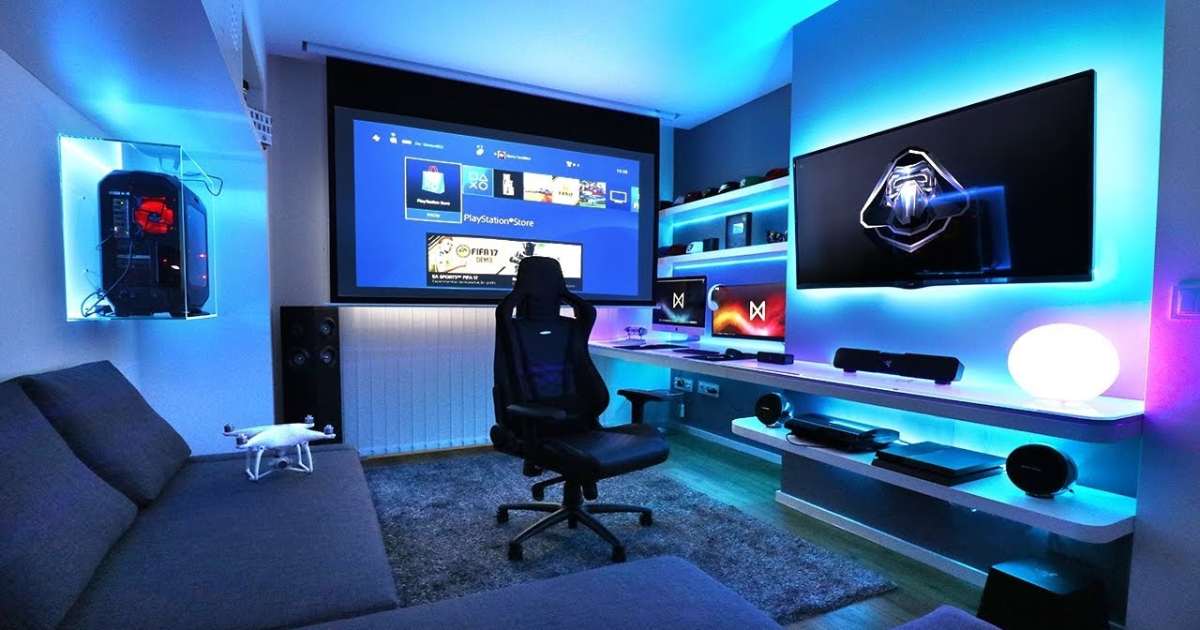
Gaming chairs emerged in the early 2000s along with the growth of PC gaming and eSports. As gaming became more immersive and competitive, the need arose for specialized seating to match. The first popular gaming chair was the DXRacer released in 2006, inspired by seats from race cars and luxury sports cars.
Other brands quickly followed, mimicking race car seats but optimizing them for comfort and ergonomics. Major players today include Vertagear, Secretlab, Noblechairs, and AKRacing. Customization also grew, with chairs sporting personalized embroidery, designs, and color schemes. This allowed gamers to express their style. Gaming chairs have evolved significantly over the years while retaining their racing flavor. Continued innovations aim to enhance comfort and meet gamers’ demands.
Benefits of Gaming Chairs
Gaming chairs provide many benefits compared to standard desk chairs:
- Ergonomics: Gaming chair designs contour to the natural curves of the back and properly align the spine. Key areas like the neck, lumbar, and coccyx are supported to avoid pain or soreness during long sessions. Adjustable features allow customization of comfort and support.
- Comfort: Thick, high-density foam cushioning distributes weight evenly across the seat and backrest. Breathable upholstery prevents heat buildup and sweat. Reclining capability allows periodic relaxation between intense gaming moments.
- Support: Gaming chairs are built to withstand many hours of sitting each day without losing structural integrity. Metal frameworks coated in PU leather provide durability. Weight capacities often reach 300 pounds or more.
- Style: Racing-inspired designs with bright colors and prominent logos allow gamers to show off their gaming passion. The chairs add flair to any gaming setup. Customization options let gamers choose a look that represents their personality.
- Immersion: The wraparound bucket seat design immerses users in the experience and blocks out distractions. Features like built-in speakers provide a full sensory experience. The chair itself becomes part of the gaming environment.
For serious gamers, a dedicated gaming chair is considered an essential investment rather than a luxury. The improvements to comfort, ergonomics, and experience are significant.
Features to Look For
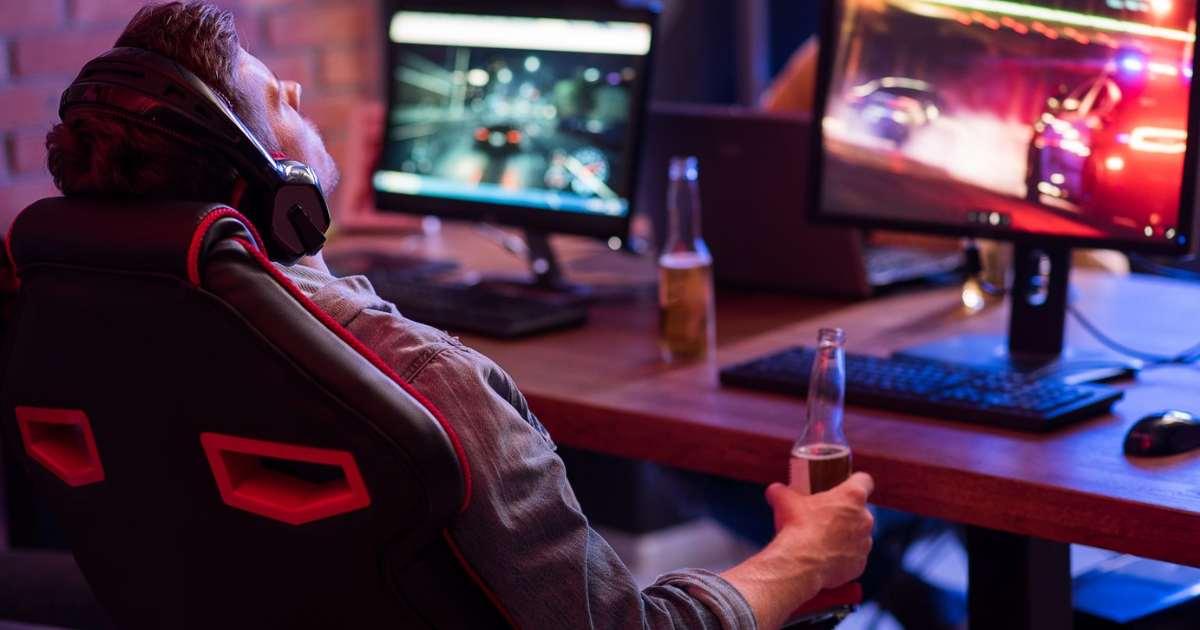
Not all gaming chairs are created equal. When shopping for a gaming chair, keep an eye out for these key features:
- Adjustable armrests: Armrests should adjust up/down, forward/back, and rotate in/out to customize elbow and shoulder positioning.
- Reclining capability: The backrest should recline up to at least 135 degrees to enable rocking back to relax between gaming rounds.
- Lumbar support: An adjustable lumbar pillow or built-in lumbar mechanism promotes healthy spine alignment and posture.
- Neck/headrest: A headrest pillow or built-in headrest supports the neck to avoid fatigue or soreness.
- High-density foam: Cushions should retain their shape and avoid flattening from extended use. A minimum density of 4 pounds/cubic foot is ideal.
- Upholstery: Breathable fabrics like soft synthetic leather or mesh allow airflow and reduce heat buildup.
- Heavy-duty base: A sturdy 5-point metal base with smooth-rolling casters enhances stability and mobility.
- High weight capacity: A capacity of 300 pounds or more ensures the chair can accommodate most body sizes.
Popular Gaming Chair Models
The gaming chair market has exploded with countless models across many brands. Here is an overview of some top gaming chair models across different price tiers and styles:
Entry-Level
- X Rocker Pro Series 2.1: Entry-level chair with built-in audio system and floor rocking capability. Around $150.
- Killabee Reclining Memory Foam Chair: Racer-style chair with memory foam cushion. About $180.
- GTRacing Pro Series: Budget gaming chair with lumbar cushion and wide seat. Approximately $130.
Mid-Range
- Secretlab Omega: Award-winning chair with velour memory foam armrests and neck pillow. Around $359.
- Vertagear SL5000: Exceptional lumbar support system and high-density resilience foam. Starts at $349.
- NXZT gaming chair: Ergonomic and stylish Camo series chair with lumbar cushion. About $299.
High-End
- Herman Miller x Logitech Embody: High-end ergonomic chair designed with input from esports pros. Around $1,495.
- Noblechairs Hero Series: Premium real leather chair with aluminum base, lumbar and headrest. Starts at $429.
- Secretlab Titan Evo 2022: Latest iteration of Titan model with 4D armrests and magnetic head pillow. Around $549.
Comparison of Key Features
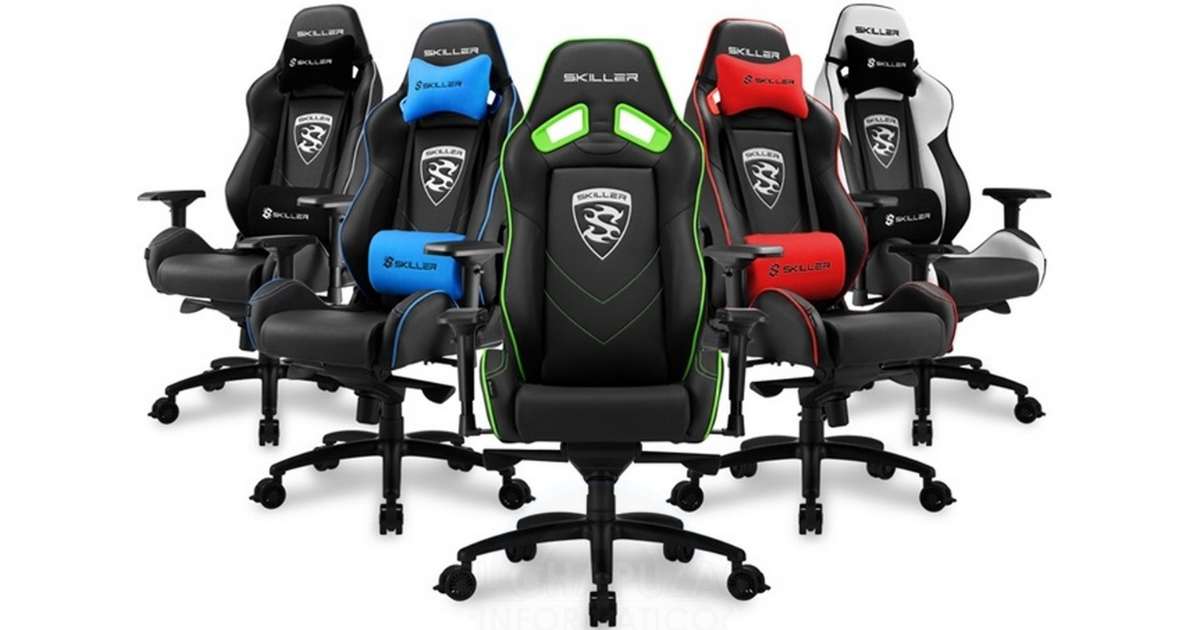
| Model | Recline | Armrests | Lumbar Support | Weight Capacity | Price |
| X Rocker Pro | 170° | 2D Adjust | Integrated | 275 lbs | $159 |
| Secretlab Omega | 165° | 4D Adjust | Pillow | 240 lbs | $359 |
| Vertagear SL5000 | 155° | 4D Adjust | Integrated | 330 lbs | $349 |
| GTRacing Pro Series | 170° | 3D Adjust | Pillow | 300 lbs | $129 |
| Herman Miller Embody | – | Fully Adjust | Integrated | 300 lbs | $1,495 |
This table compares some popular models across the price spectrum on 5 key features. More adjustable armrests, higher weight capacity, and built-in lumbar support tend to come with more premium chairs.
Gaming Chair Materials
Gaming chair frames are typically constructed from metal due to its strength and durability. The most common materials are:
- Steel: Most affordable but heaviest option. Provides rigidity but prone to rust.
- Aluminum: Lightweight yet strong. Resists rust and corrosion. Often used for bases.
- Carbon fiber: Very strong but extremely lightweight. Costs more than steel or aluminum.
Covering the chair frame is an upholstery material:
- PU leather: Synthetic leather made from polyurethane. Most common due to cost, durability and easy cleaning.
- Soft fabric: Breathable fabrics like polyester or nylon mesh provide ventilation. More prone to staining.
- Genuine leather: Most expensive but extremely durable and luxurious. Requires more care.
Armrests are usually padded and covered in the same material as the chair. Many gaming chairs also include memory foam in key areas for optimal comfort and contouring.
Caster wheels are typically 2-3 inches in diameter and made of nylon or PU. Larger wheels roll more smoothly but small ones allow a lower sitting position closer to the floor. Hydraulic gas lift pistons enable height adjustment.
Cleaning and Maintenance
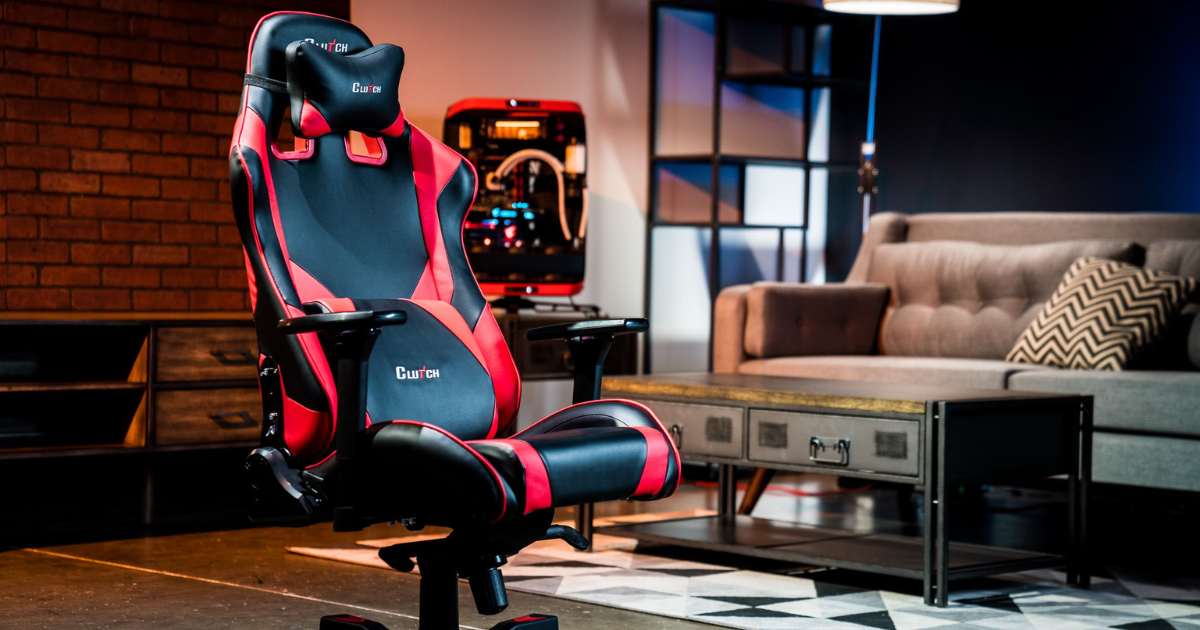
Like any chair, gaming chairs need proper maintenance to ensure their longevity:
- Vacuum fabric surfaces regularly using a soft brush attachment.
- Spot clean stains on leather or fabric using a mild soap and water solution.
- Check casters for debris like hair and dust. Remove and wipe clean as needed.
- Adjust the tilt and height periodically to allow mechanisms to move freely.
- Verify all bolts and connections are tight. Tighten hardware if needed.
- Limit exposure to direct sunlight to prevent fading of upholstery.
- Do not exceed the weight capacity as this can damage the frame or mechanics.
- When reclining, avoid slamming the backrest down abruptly. Return gently.
- Test the hydraulics monthly by lifting up and lowering down while unoccupied.
With regular care and maintenance, a gaming chair should last 3-5 years under normal use before requiring replacement.
Choosing the Right Gaming Chair
Consider these factors when selecting a gaming chair:
- Ergonomics: Ensure the chair properly supports your neck, spine, arms, and legs in their natural positions. Adjustability is key.
- Size: Confirm the seat width and height capacity fit your body measurements. Taller and wider models are available.
- Features: Decide which features are must-haves vs. nice-to-haves based on your budget and needs.
- Material: Leather vs. fabric comes down to preferences around maintenance, ventilation and luxury.
- Brands: Stick to reputable gaming chair brands known for quality construction and materials.
- Budget: Gaming chairs range hugely in price. Set a comfortable budget and look for sales around the holidays.
- Aesthetics: Choose racing-inspired designs and colors/patterns that fit your existing gaming setup.
Trying a chair in person first is advisable if possible. At minimum, read reviews and look for extended return periods. It may take a few weeks to adjust to a new chair.
Gaming Chair Alternatives
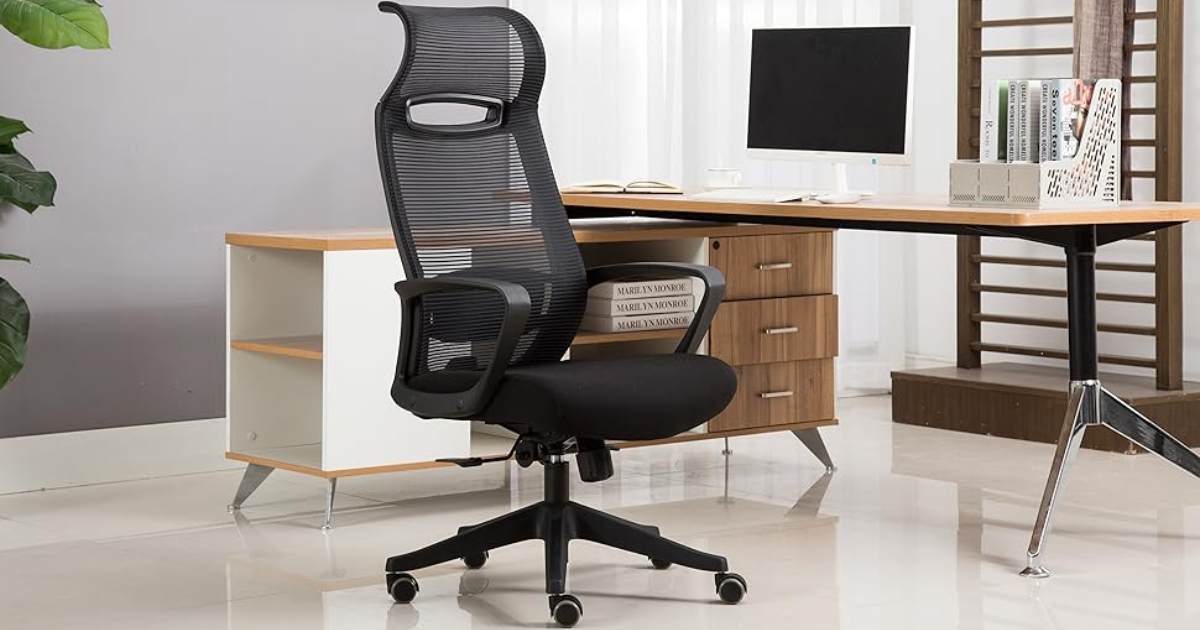
While dedicated gaming chairs reign supreme, there are some other options to consider:
- Ergonomic office chairs: Brands like Herman Miller and Steelcase also cater to gamers with ergonomic designs minus the bold styling. The emphasis remains on comfort and adjustability.
- Add-on accessories: Lumbar support cushions, neck pillows, and seat cushions can enhance ordinary chairs for gaming. However, ergonomics may still be lacking.
- Console gaming chairs: Chairs like the X Rocker are designed for gaming in front of a TV, not a desk. These rock and swivel but lack adjustments.
- DIY options: Some ambitious gamers mod regular chairs into gaming thrones by adding cushions. This risks compromising structure and ergonomics.
When weighing alternatives, revisit the key benefits that a purpose-built gaming chair provides to aid decision-making.
Final Thoughts
Gaming chairs are specially designed and engineered to meet gamers’ unique needs. With contoured ergonomics, thick cushioning, and striking racing style, they allow gamers to play in comfort and style for hours on end. Investing in a purpose-built gaming chair can transform your gaming experience and even provide a competitive edge. Just be sure to choose a chair with all the ergonomic features to support your body properly.








